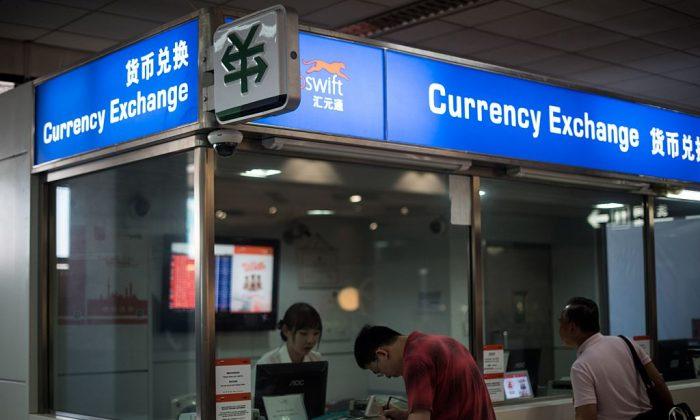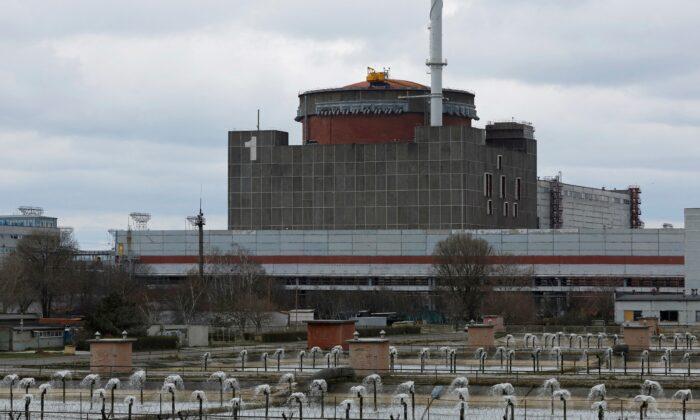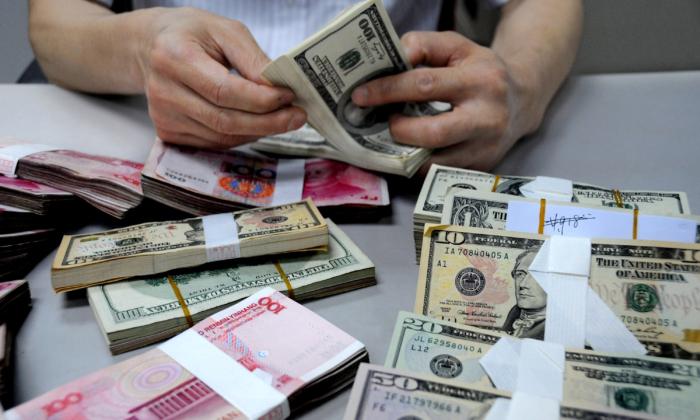Hong Kong’s central bank has spent over $22 billion in ten weeks to stabilize the exchange rate of the Hong Kong dollar (HKD) amid weakening market confidence in the city’s currency.
Since May 2022, the Hong Kong Monetary Authority (HKMA), the city’s central bank, has bought HKDs at its fastest pace to keep the U.S. dollar’s (USD) maximum convertible to the HKD at 7.85.
Since Oct. 17, 1983, Hong Kong has adopted the Linked Exchange Rate System, allowing the HKMA to stabilize exchange rates from the U.S. dollar to the HKD between 7.75 and 7.85, also known as the Convertibility Undertaking (CU). As a currency pegged to the USD, the HKD’s strong-side CU is 7.75 to $1 U.S. dollar, and the weak-side CU is 7.85.
To cope with the aggressive U.S. dollar rate hikes since May, the HKMA has been requested to buy over HK$170 billion—about $22.1 billion—from note-issuing banks to stabilize the exchange rate of HKD.
Recently, concerns emerged about the dwindling funds available for the central bank to prevent the HKD from crossing to the weak side of the CU.
“Hong Kong peg defense reserves dwindling due to the HKMA’s buying HKD to prop up the failing peg—excess reserves down 44 percent since May,” Kyle Bass, one of America’s most widely respected hedge fund managers, wrote on Twitter on July 19.
“At the current rate of decline, peg defense reserves could be exhausted by the end of August or sooner.”
However, back in 2019, Bass had warned investors about the HKD’s potential downfall.
“The economy that has selected to peg (HK) to the anchor currency (USD) must import (or mirror) the monetary policy (primarily interest rates) of that country. This means that if overnight rates diverge between the two, the divergence will cause large capital flows one way or the other, which immediately puts pressure on the currency board/peg,” the article read.
New Record
Although the LERS has survived several economic cycles and global financial crises, the recent buying of the HKD has set a record for the HKMA.When market demand for HKD decreases and the HKD exchange rate slides to the weak side of the CU (7.85 HKD per USD), in this case, the HKMA—upon banks’ requests—commits to sell USD and purchase HKD from banks. Consequently, the AB will drop, and the HKD interbank rates will rise, thus stabilizing the HKD exchange rate within the CU.
Currently, the market demand for HKD is low, and the exchange rate of HKD is still lingering around the weak side of the CU band, which means that funds will continue flowing out of the HKD system, and the HKMA will have to keep the pace of buying HKD to defend the currency peg.





